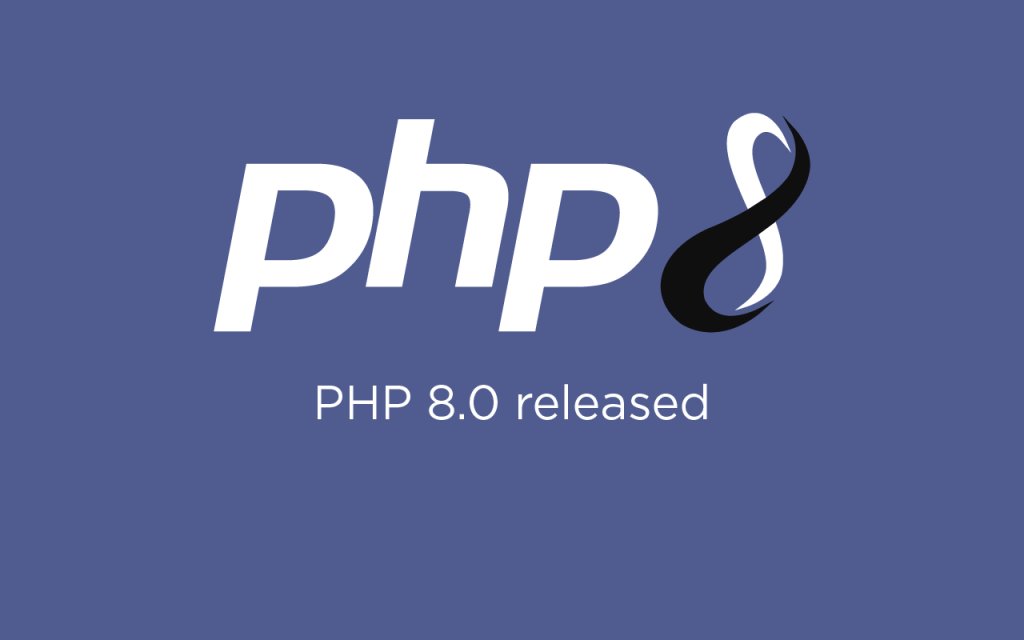
Learning PHP (Hypertext Preprocessor) is a popular choice for web development, especially for server-side scripting. PHP is widely used to build dynamic and interactive websites. Here’s a guideline to help you get started with PHP:
1. **Environment Setup:**
– Install a web server (e.g., Apache, Nginx) and PHP on your computer. You can use XAMPP, WAMP, or MAMP for an easy-to-setup local development environment.
2. **Basic Syntax:**
– Familiarize yourself with PHP’s syntax, variables, data types, operators, and control structures (if-else, loops).
3. **Embedded PHP in HTML:**
– Learn how to embed PHP code within HTML files using PHP tags (`<?php ?>`).
4. **Working with Forms:**
– Understand how to process form data using PHP and handle user input.
5. **Functions:**
– Learn how to define and call functions in PHP. Functions help organize your code and make it reusable.
6. **PHP Superglobals:**
– Explore PHP’s superglobal variables like `$_GET`, `$_POST`, and `$_SESSION`, which are commonly used to access user input and store session data.
7. **Arrays:**
– Understand PHP arrays and their functions, which are essential for handling collections of data.
8. **File Handling:**
– Learn how to read from and write to files in PHP using file handling functions.
9. **Database Interaction:**
– Explore database connectivity using PHP’s MySQLi or PDO extensions. Learn how to perform CRUD (Create, Read, Update, Delete) operations on databases.
10. **Cookies and Sessions:**
– Understand how to work with cookies and sessions in PHP to maintain user state and store temporary data.
11. **Object-Oriented PHP:**
– Learn about object-oriented programming in PHP and create classes, objects, and methods.
12. **Error Handling:**
– Explore error handling techniques in PHP, including using `try`, `catch`, and `finally` blocks.
13. **Working with APIs:**
– Learn how to interact with external APIs (e.g., RESTful APIs) to fetch and process data from other services.
14. **PHP Frameworks:**
– Consider exploring PHP frameworks like Laravel, Symfony, CodeIgniter, or Yii, which provide a structured approach to web development and offer many pre-built features.
15. **Security Best Practices:**
– Study PHP security best practices, including sanitizing user input, preventing SQL injection, and protecting against cross-site scripting (XSS) attacks.
16. **Practice and Projects:**
– Practice coding regularly and work on projects to apply your knowledge and gain practical experience.
17. **Online Resources:**
– There are many online tutorials, documentation, and forums available for learning PHP. Websites like PHP.net and W3Schools provide valuable resources.
PHP is a versatile language used by many websites and web applications. With continuous practice and exploration of various PHP libraries and frameworks, you can build robust and feature-rich web applications. Happy coding!